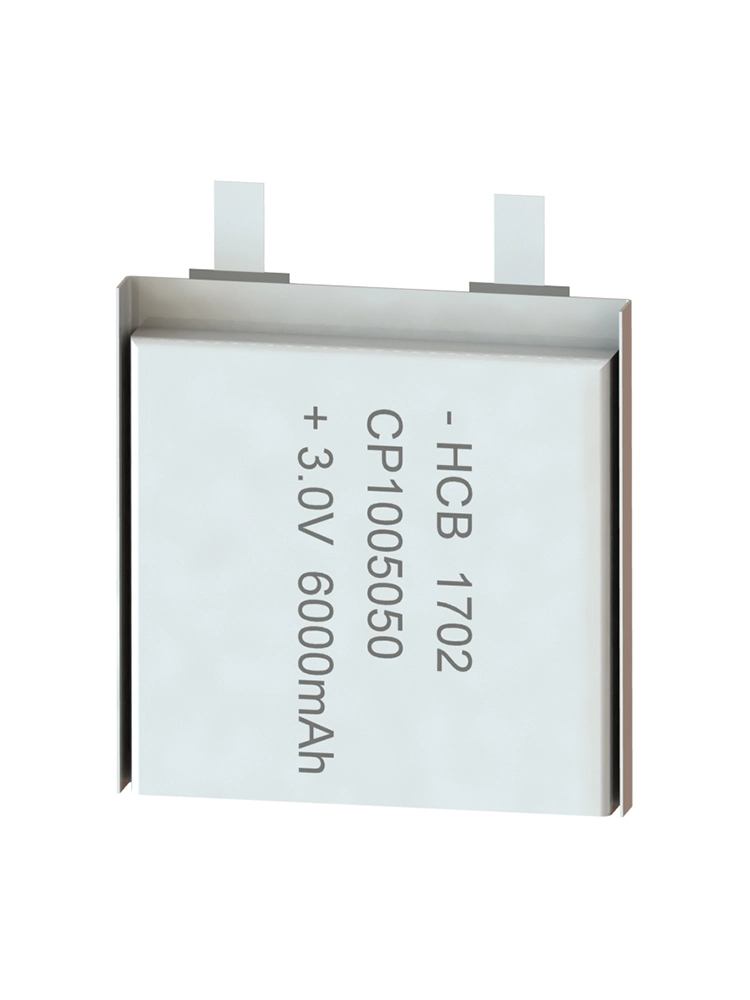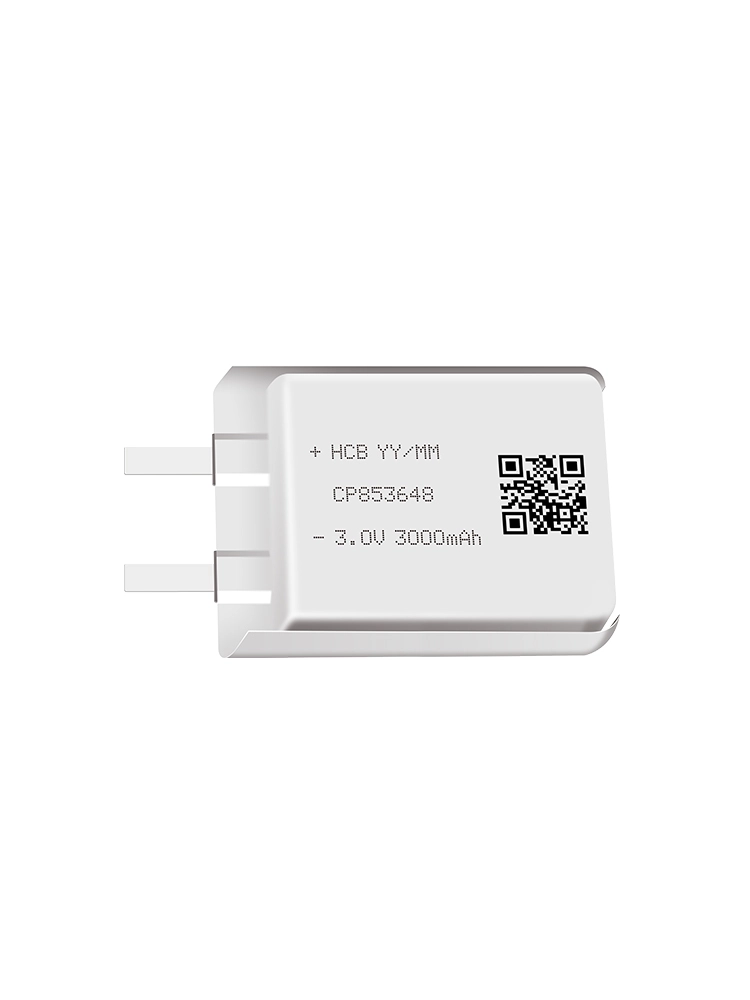Lithium battery is a kind of battery that uses lithium metal or lithium alloy as negative electrode material and uses non-aqueous electrolyte solution.
Lithium batteries are divided into two categories: non-rechargeable and rechargeable. Non-rechargeable batteries are called primary batteries, which can only convert chemical energy into electrical energy at one time, and cannot restore electrical energy back to chemical energy. Such as lithium-manganese dioxide primary battery, lithium-thionyl chloride primary battery. And rechargeable batteries are called secondary batteries (also called accumulators). It can convert electrical energy into chemical energy for storage, and when in use, convert chemical energy into electrical energy, which is reversible, such as the common lithium-ion mobile phone batteries on the market.
Also called primary lithium battery. It can be discharged continuously or intermittently. Once the power is exhausted, it can no longer be used, and is widely used in electronic products with low power consumption such as cameras. Lithium primary batteries have very low self-discharge and can be stored for 3 years. The effect will be better when stored under refrigeration. It is a good idea to store lithium primary batteries in a low temperature place. Note: Lithium primary batteries are different from lithium ion batteries. Lithium primary batteries cannot be charged, and charging is very dangerous!
Also called secondary lithium battery. It can be stored for more than half a year at 20°C due to its low self-discharge rate and most of the capacity can be recovered.
The self-discharge phenomenon that exists in lithium batteries, if the battery voltage is kept below 3.6V for a long time, it will lead to over-discharge of the battery and damage the internal structure of the battery, reducing the battery life. Therefore, the long-term stored lithium battery should be recharged every 3 ~ 6 months, that is, it should be charged to a voltage of 3.8 ~ 3.9v (the best storage voltage of lithium battery is about 3.85v) and maintained at a discharge depth of 40% - 60%, rather than full. Batteries should be stored in a dry environment at 4°C~35°C or in moisture-proof packaging. Keep away from heat sources and do not place in direct sunlight.



